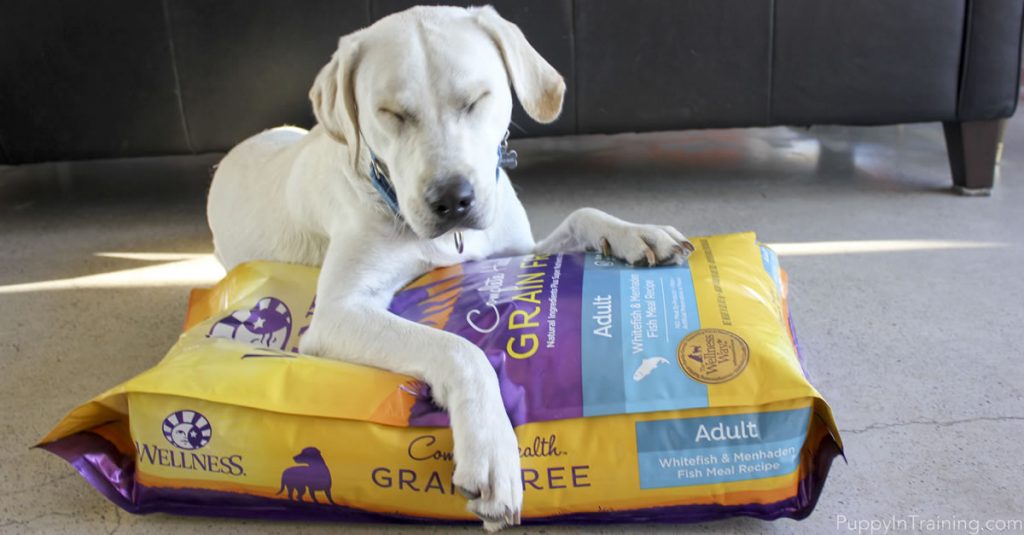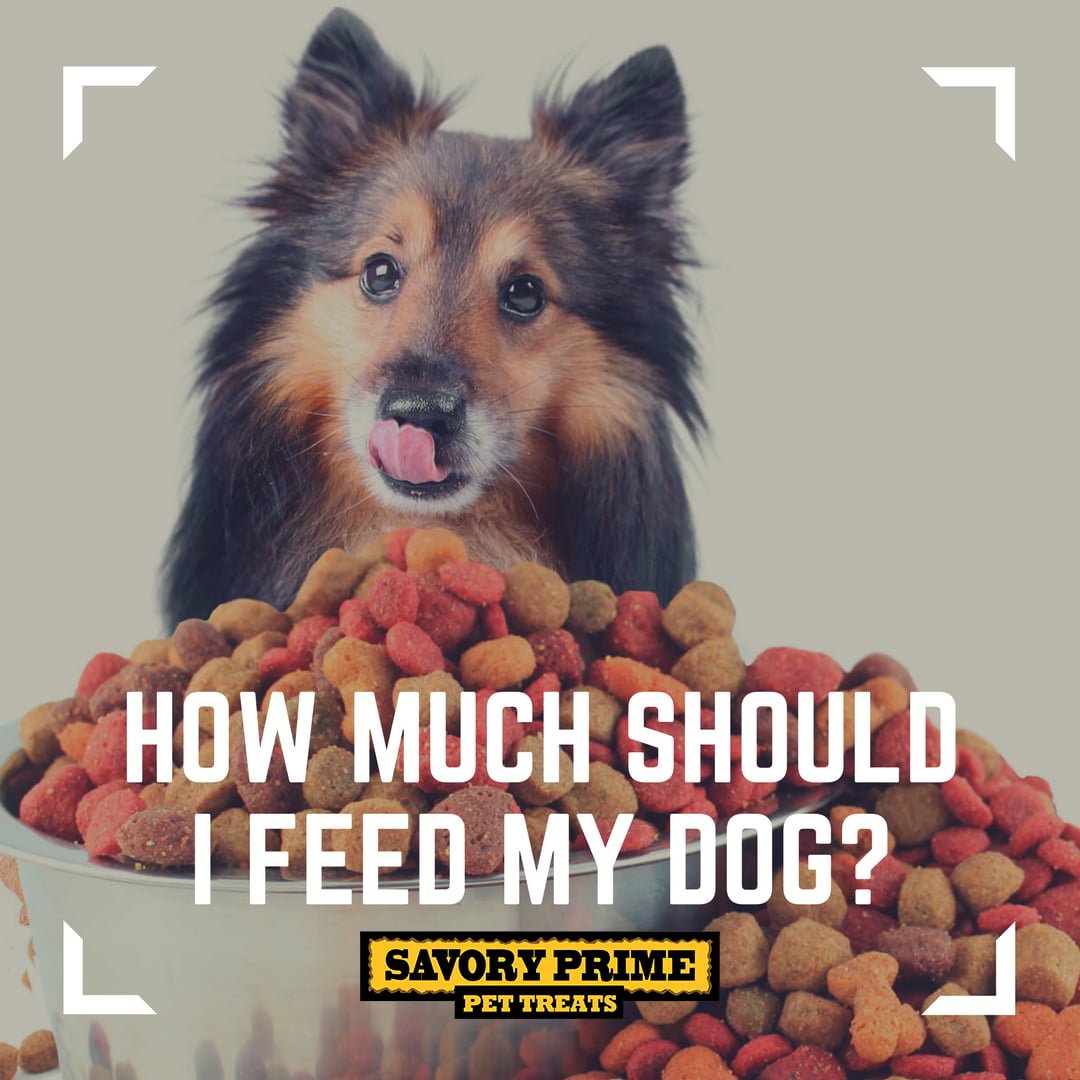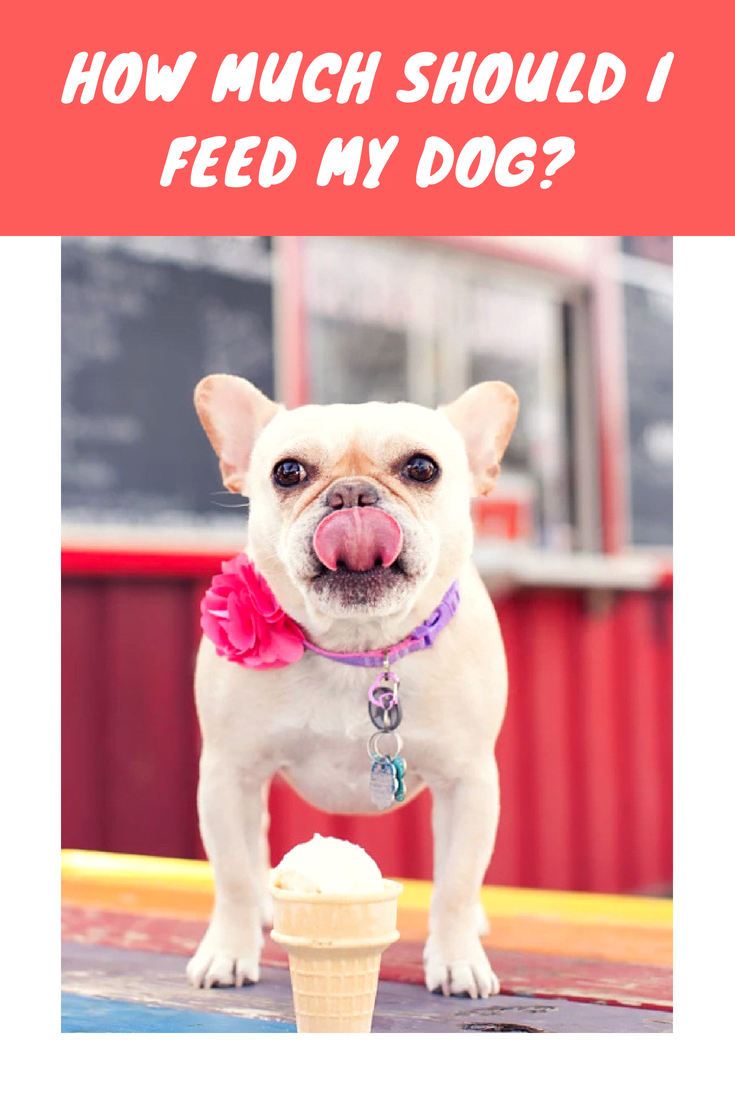There are so many brands and types of dog food, that it may seem confusing when you try to decide what to feed your dog and how much. If you take a few factors into consideration, you’ll be able to feed him appropriately to keep him healthy, happy, and even prolong his life. How much to feed your dog depends on a variety of factors, including his size, age, energy level, health issues, and type of food.
Prioritize Your Dog’s Nutritional Needs
Different foods can contain varying amounts of protein, carbohydrates, and fats. They also contain some amount of vitamins and minerals. Different brands may not have enough of these components, or what they do contain may be in excess of your dog’s specific needs. Most dog foods fall within the acceptable range set by the Association of American Feed Control Officials.
Some dog foods can be better for your dog than others; the right one is made with a good ratio of carbs, protein, and fat that contain the appropriate amount of vitamins and minerals for your dog. Ask your vet for recommendations based on the breed, age, health, and activity level of your dog.
Consider the Calories
Different dogs need different amounts of calories, depending on activity level, age, and even environmental conditions. Just like a runner needs more calories than a couch potato, active dogs use more energy and require more calories than some sedentary breeds such as Bulldogs.
Puppies are busy growing and need more calories, along with higher levels of protein and other nutrients, than older dogs. Older dogs typically need fewer calories to maintain a healthy weight.
Even environment can determine how many calories your dog needs. For example, dogs who spend a lot of time outside in severe cold weather will burn many more calories keeping warm and will use anywhere from 10-to-90 percent more energy than other dogs.
What Amount of Food is Right for My Dog?
This isn’t an exact science, and there may be some trial and error involved in coming up with the amount of food your dog needs each day. Start by looking at the feeding guidelines on the dog food package, but take this information as a suggestion rather than a requirement, since those guidelines may result in larger than necessary portion sizes.
Next, factor in your dog’s age and lifestyle. For example, puppies and active adult dogs need more food than elderly dogs. The best way to decide if your dog is getting the right amount of food is to look at the dog, at whether he eats everything in his bowl, sometimes doesn’t finish, or even skips a meal. If your dog has a visible waist, he’s well proportioned, and you can feel his ribs, he’s probably getting the right amount of food.
Recent Pet Posts
Blog Categories
Product categories
- Accessories (7)
- Chicken & Veggie Wraps (8)
- Grillers Jerky Tenders (4)
- Jerky Treats (10)
- Made in the USA (9)
- Non-Rawhide Treats (28)
- Beggar Bone (11)
- Bully Sticks (4)
- Butcher Bone (4)
- Cod Skin Fish Treats (3)
- Pork Skin Twists (2)
- Pressed Rawhide Bones & Rolls (16)
- Bones & Rolls (6)
- Pressed Rawhide Bulk (6)
- Twist Sticks (4)
- Savory Munchies (13)
- Supreme Bones & Rolls (48)
- American Rawhide Bulk (16)
- Rawhide Bones (14)
- Rawhide Chips (6)
- Rawhide Rolls & Sticks (12)
- Uncategorized (8)





